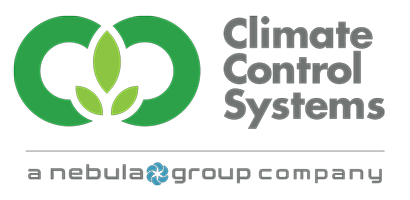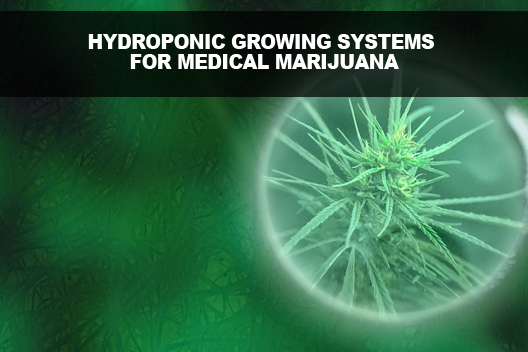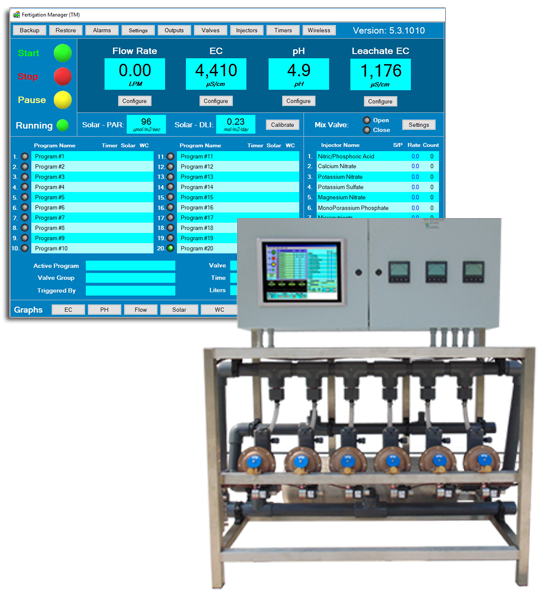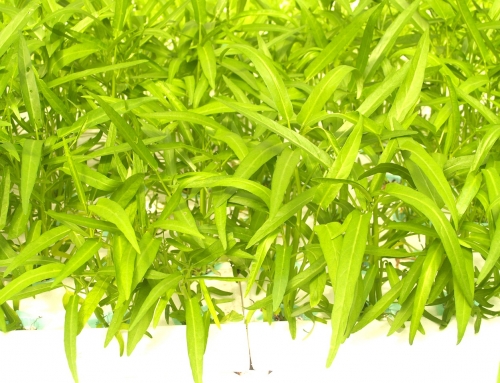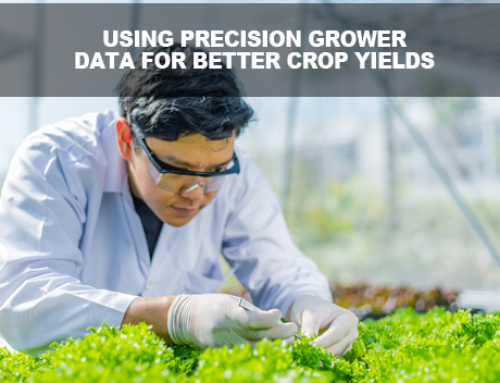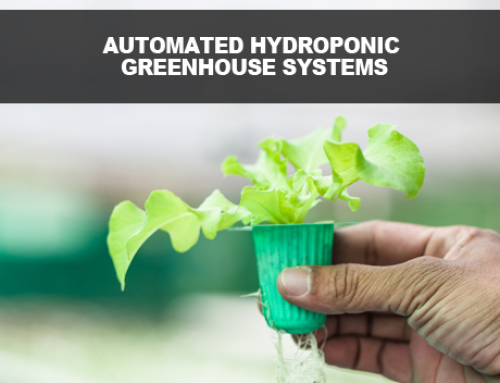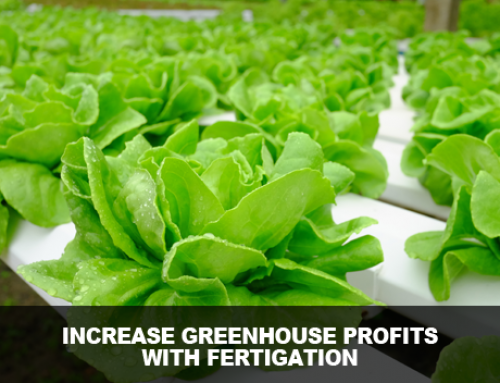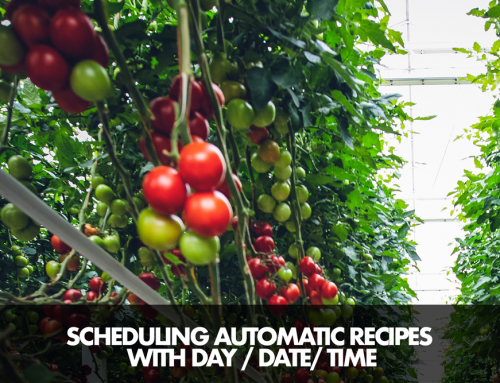Soil vs. Hydroponics: Which is better for your Crop?
First of all, hydroponics presents great advantages over soil methods, especially for large operations. Yields are higher using hydroponic growing systems and the rate of growth is also much faster. 3 key advantages hydroponic methods have over soil methods include the elimination of the need for soil, increase control over hydration levels (reduced risk of plants drying out or drowning), and eliminates the need to re-pot plants. Those with limited grow room should consider the pros of hydroponic grow systems.
Growing marijuana in a hydroponic system can be preferable for commercial operations. For entrepreneurs considering venturing into the commercial medical marijuana industry. Which, by the way, is projected to be valued at a whopping $66.3 billion by 2025. Using automated hydroponic growth methods are a good money investment to ensure your operation stays competitive well into the future.
For greenhouse businesses, the maximization of plant growth and operational efficiency is important for the bottom line. Hydroponic growing systems maximize the growth and efficiency of each plant, while staying consistent with nutrient levels, irrigation and other factors that can all controlled and monitored by computer automation.
That’s not to say soil does not have some advantages, it does. Low startup costs is a huge advantage for “soil-grown” crops. That being said, after an initial investment in equipment, the yield rates and efficiency will more than pay for themselves for soilless indoor hydroponic operations. The real danger here is that soil can bring in a lot of complications with bugs and mites, which can wreak havoc for cannabis quality control.
Growing Mediums Explained
It’s true that cannabis plants do not require soil to grow, but they definitely need a growing medium. If you are looking for a simple medium and affordable medium to use to grow your plants, clay pellets are an excellent choice to consider. Benefits include low risk of over-hydration and the fact that they can be used indefinitely. Another affordable substrate is called Rockwool. Unlike clay pellets, Rockwool retains moisture quite well. This means that water and nutrients are held onto well in the Rockwool, but if not monitored properly, it can lead to plant drowning.
The moist environment can be a haven for various fungi and cause airflow issues around plant roots. For this reason, Rockwool may be suited to more experienced growers. Coconut fiber is another excellent substrate that may be preferable over Rockwool. Due to coconut fiber’s antifungal and antibacterial nature, it has less risk of fungi or mold growth compared to Rockwool. Similarly to Rockwool, coconut fiber retains much more water and nutrients, so there is a risk of drowning your hydroponic cannabis with an over-saturated nutrient solution.
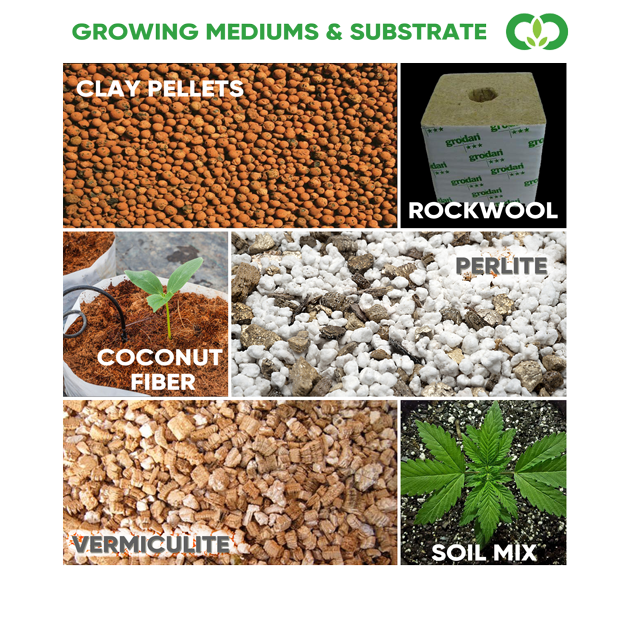


It is also worth noting that Rockwool can be dangerous to your lungs if inhaled, whereas coconut fiber does not carry this risk. Perlite is a type of stone with many advantages such as its ability to allow for seamless nutrient flow around the plant’s roots, but it has a similar risk as Rockwool to human lungs and thus must be used with caution. Vermiculite is another substrate that is often mixed with other mediums and may be of interest to medical cannabis growers. Although has also had a rough past with health risks and warnings about usage.
In general, the best medium to make your plants grow will depend on your specific chosen system, budget, and goals.
Choosing a Hydroponic Growing System for Your Business
The simplest system to get started with growing weed is called a passive system. A passive system is basically your basic pot with a medium in which your plant grows. The plants in a passive system are often watered manually, or grow in a controlled nutrient solution. Oftentimes, in passive systems, nylon gauze is layered inside to help contain the nutrient solution’s uniform composition throughout and make it easier to re-use the substrate later on.
For the entrepreneurs looking to save money, a static hydroponic system is often chosen for its affordability and simplicity. As with any system where water pools and does not move, fungi and mold can plague static hydroponic systems. For this reason, many bigger operations opt to grow plants in open circuit hydroponic growing systems or closed-looped systems. You should know that circulating systems require quite a bit of knowledge and for those reading this guide, a much more in-depth study of systems will be required than this simple how-to can provide. In general, a closed-looped system will produce less waste than an open system.
Other systems to consider include ebb and flow systems, NFT (nutrient film technique), and aeroponics.
Serious growers will take interest in fertigation management systems as well as ozone sterilization systems as they allow for efficient water collection and recirculation of the fertilized irrigation wastewater. Recycling water, nutrients, and other additives are both eco-friendly and pocket-friendly to businesses.
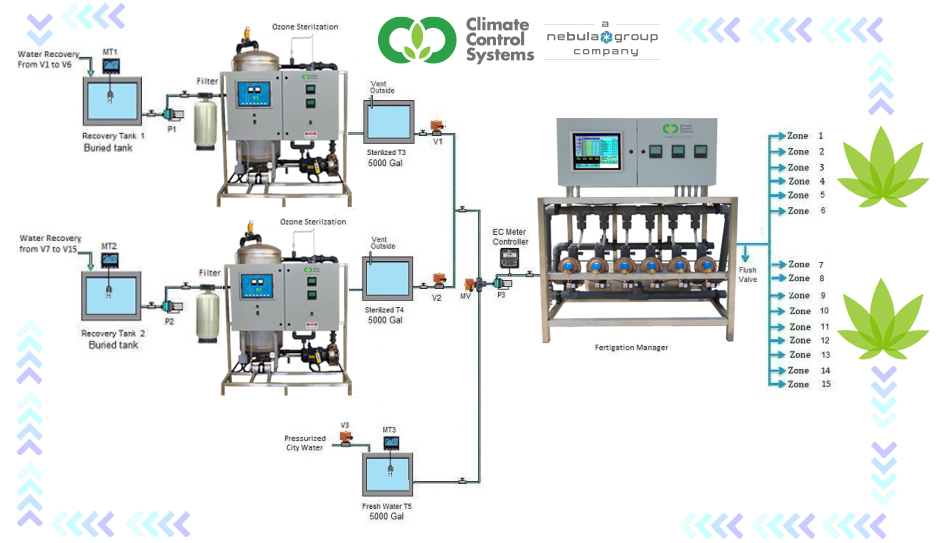


Nutrient Solutions Are Your Marijuana Plants Best Friend
All plants require nutrients to grow. The main required nutrients are potassium, phosphorus, nitrogen, and oxygen of course. The temperature of the water should also, be monitored regularly and an appropriate fertilizer feed schedule can be programmed for your chosen greenhouse automation system to help grow your buds.
Many operations choose to automate the fertilization process, as automated systems tend to be more eco-friendly, producing less waste and allowing for efficient recycling of fertilization and water. Plants can require different solutions depending on their growth phase, and automating this process can allow businesses to optimize their processes for most efficient and cost-effective yields.
Click here to learn about the best fertigation manager technology for hydroponic crops.
Yes, You Need to Monitor pH & E.C. Levels
You may recall the pH scale from high school science classes. The pH scale basically measures the acidity of your solution, on a scale from zero to fourteen. Just like the human body, whose pH value of blood must be maintained to stay alive, plants require their soil to have a specific pH in order to thrive. Water is considered to have a “neutral” pH of 7 and marijuana generally likes to live in a pH environment between 5 and 6. pH values can be verified using either a chemical reaction method or an electronic analyzer. Most commercial businesses rely on electronic testing.
Checking pH levels is fairly simple. You can either use an electronic or chemical method of testing. Electronic testing is accurate but tends to be significantly more expensive. If you have a large growing operation, you’re probably going to want the electronic tester.
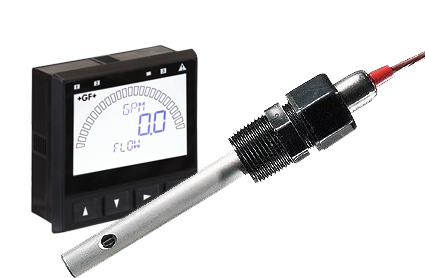


Nutrients and other additives in the water will affect the electrical conductivity of the solution. Generally, early on in growth EC levels will be lower than during the flowering period. Electrical conductivity issues can also be a signal of how well your plants are managing to take in nutrients. A low EC indicates a need to add more nutrients to the solution. A high EC may indicate your plants are not taking up the nutrients you have added.
Growing hydroponically requires studying and expertise. There is no shortcut around this. Growing cannabis, in general, can be tricky, so make sure to consult with experts in the field before making any big purchasing decisions for your operation.
Contact us today and talk to us more about increasing your cannabis crop yields, through the use of Climate Control’s hydroponic growing systems!
